The art of hunting is a skill honed through generations of evolution, and few creatures exemplify this better than the praying mantis. With their lightning-fast reflexes, keen eyesight, and strategic patience, mantises are among the most efficient predators in the insect world. For those interested in studying or even training mantises for controlled observation, understanding their natural hunting behaviors is essential. Unlike domesticated animals, mantises operate purely on instinct, making their training less about obedience and more about creating an environment that encourages their natural predatory instincts to flourish.
Mantises rely heavily on their vision to locate and track prey. Their large, compound eyes provide a nearly 360-degree field of view, allowing them to detect even the slightest movement. This makes visual stimulation a critical component in any hunting training regimen. When attempting to encourage hunting behavior, introducing live prey that moves unpredictably—such as crickets, flies, or small moths—can trigger the mantis’s predatory response. The key is to ensure the prey is appropriately sized; too large, and the mantis may avoid engaging, too small, and it may not register as worthwhile prey.
Another crucial factor in mantis hunting training is environmental setup. In the wild, mantises often perch on foliage or branches, using their camouflage to remain undetected while they wait for prey to wander within striking distance. Replicating this environment in captivity—using twigs, leaves, or mesh enclosures—can help the mantis feel secure and more inclined to hunt. A cluttered space may hinder movement, while an overly open one may leave the mantis feeling exposed. Striking the right balance is essential for encouraging natural hunting behaviors.
Timing also plays a significant role in mantis hunting training. These insects are most active during warmer parts of the day, and their hunting efficiency peaks when their body temperature is optimal. Attempting to train or observe hunting behaviors during cooler periods may result in sluggish responses. Additionally, mantises are more likely to hunt when they are slightly hungry but not starving. Overfeeding can lead to disinterest in prey, while underfeeding may cause unnecessary stress. Observing the mantis’s feeding cycle and adjusting prey introduction accordingly can yield the best results.
One of the most fascinating aspects of mantis hunting behavior is their use of ambush tactics. Unlike predators that chase down their prey, mantises prefer to remain motionless, relying on stealth and precision. Training a mantis to hunt effectively often involves allowing it to establish a perch where it feels dominant. Once in position, the mantis will often sway slightly, mimicking the movement of foliage in the wind—a behavior thought to help it blend in and avoid detection by both prey and potential predators. This subtle movement can be encouraged by gentle airflow in the enclosure or by placing the mantis in a slightly breezy environment.
Strike speed is another area where mantises excel, and training observations often focus on this aspect. A mantis can extend its forelegs in as little as 50 milliseconds, making its attack nearly invisible to the naked eye. To capture this behavior, high-speed cameras are often used in research settings. For hobbyists, simply observing the mantis’s posture before a strike can be telling. The insect will often raise its forelegs slightly, coiling them in preparation, before unleashing a rapid, precise grab. Recognizing these pre-strike cues can help in timing the introduction of prey for optimal hunting demonstrations.
Interestingly, mantises also exhibit selective hunting behaviors based on prey type. Some individuals may show a preference for certain insects over others, and repeated exposure to a preferred prey type can reinforce hunting efficiency. This selectivity can be used to the trainer’s advantage by gradually introducing varied prey to assess the mantis’s responsiveness. However, care should be taken to ensure a balanced diet, as over-reliance on a single prey type can lead to nutritional deficiencies.
Finally, patience is perhaps the most important virtue when training or observing mantis hunting behaviors. These creatures operate on their own timeline, and attempts to rush or force interactions will often backfire. The best approach is to create the right conditions—proper environment, appropriate prey, and optimal timing—and then allow the mantis to act naturally. Over time, patterns will emerge, and the mantis’s unique hunting style will become apparent, offering a window into the mind of one of nature’s most efficient predators.

By /Jun 28, 2025
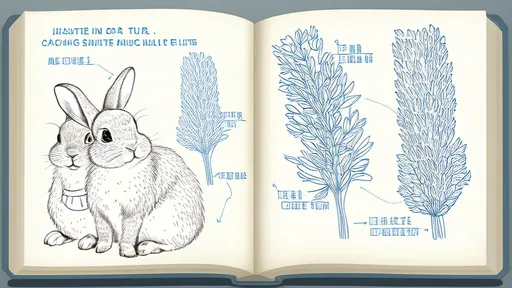
By /Jun 28, 2025

By /Jun 28, 2025
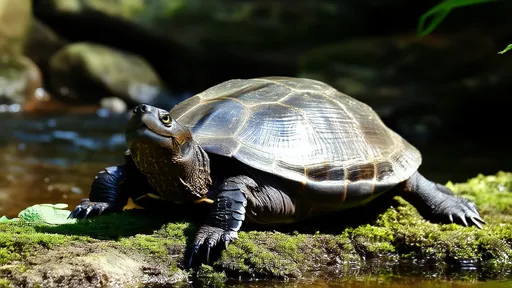
By /Jun 28, 2025
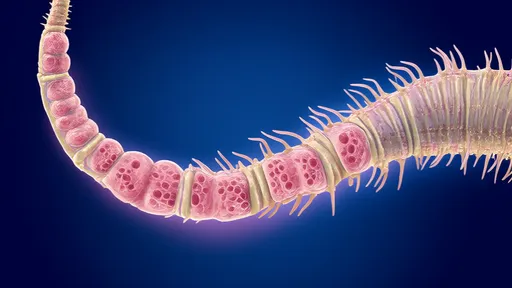
By /Jun 28, 2025

By /Jun 28, 2025
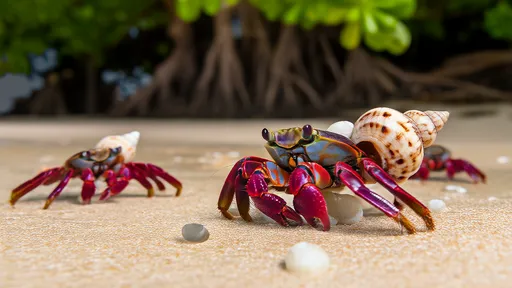
By /Jun 28, 2025

By /Jun 28, 2025
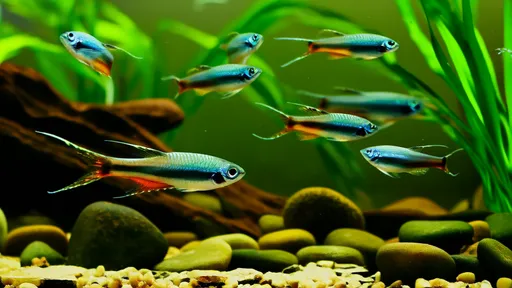
By /Jun 28, 2025
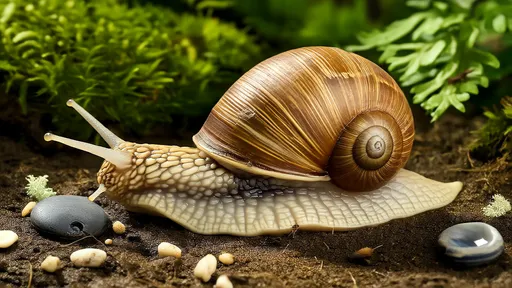
By /Jun 28, 2025
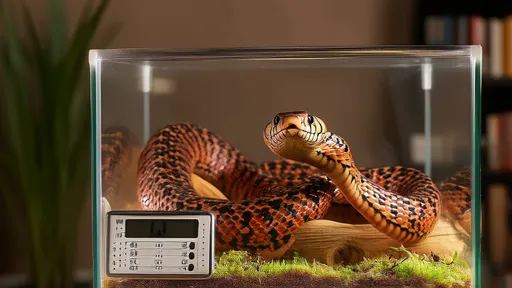
By /Jun 28, 2025
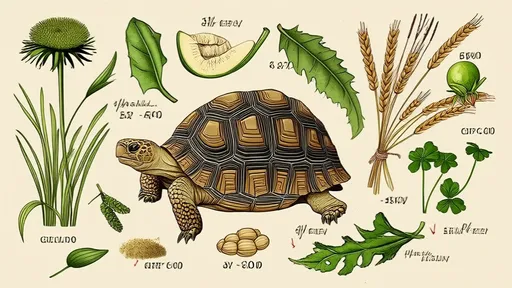
By /Jun 28, 2025
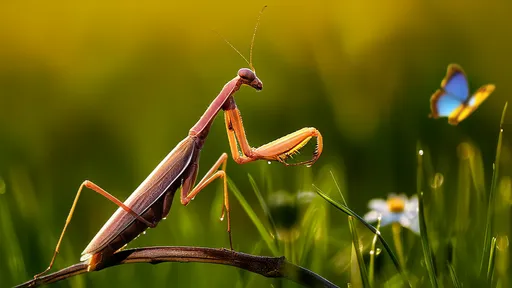
By /Jun 28, 2025
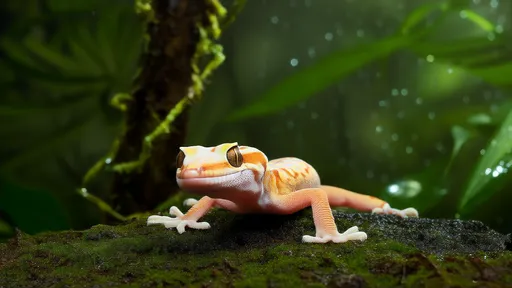
By /Jun 28, 2025
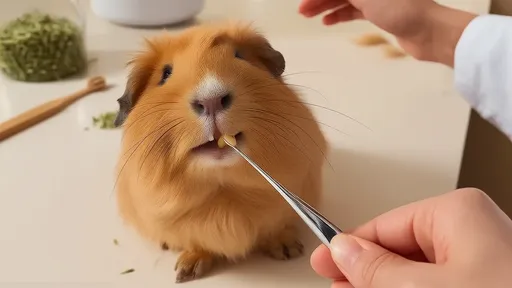
By /Jun 28, 2025

By /Jun 28, 2025